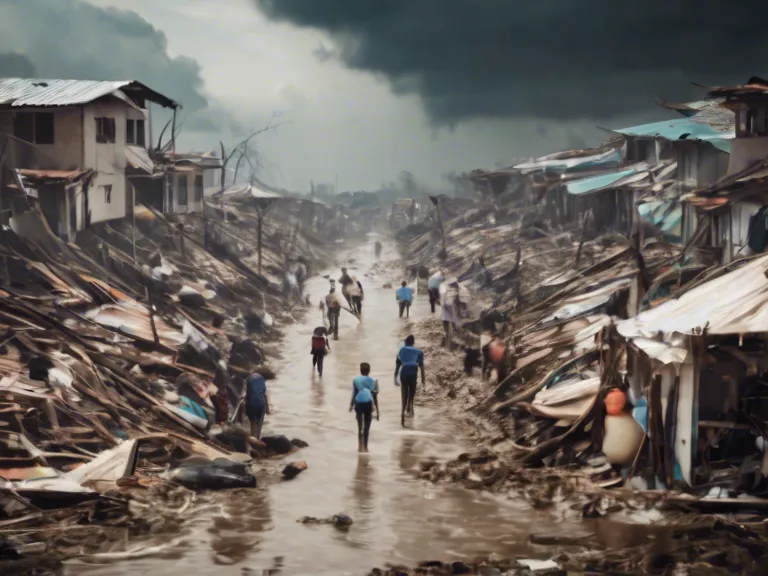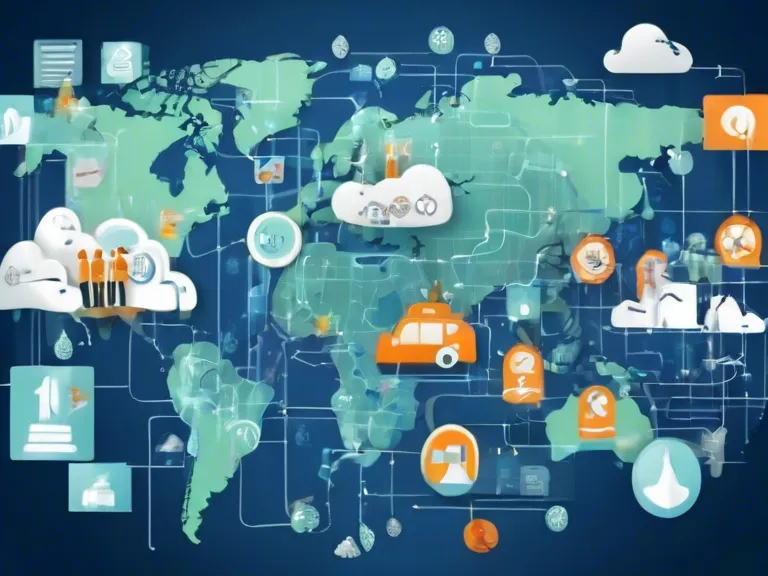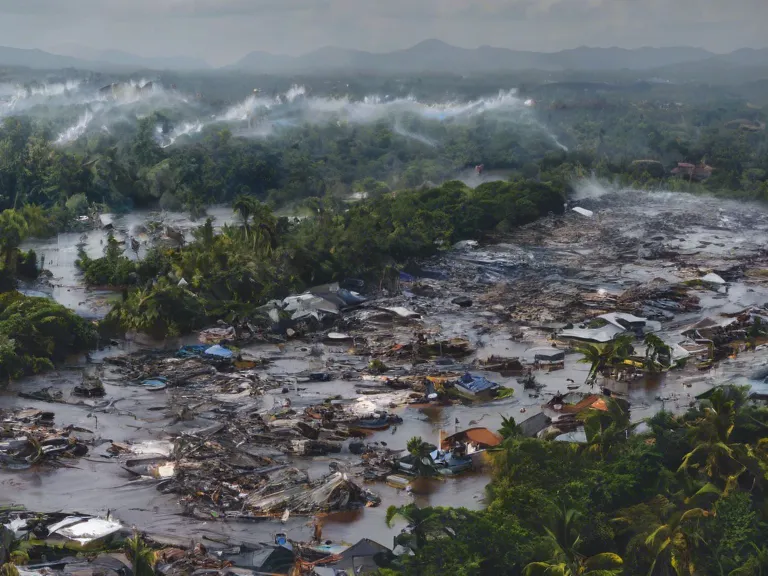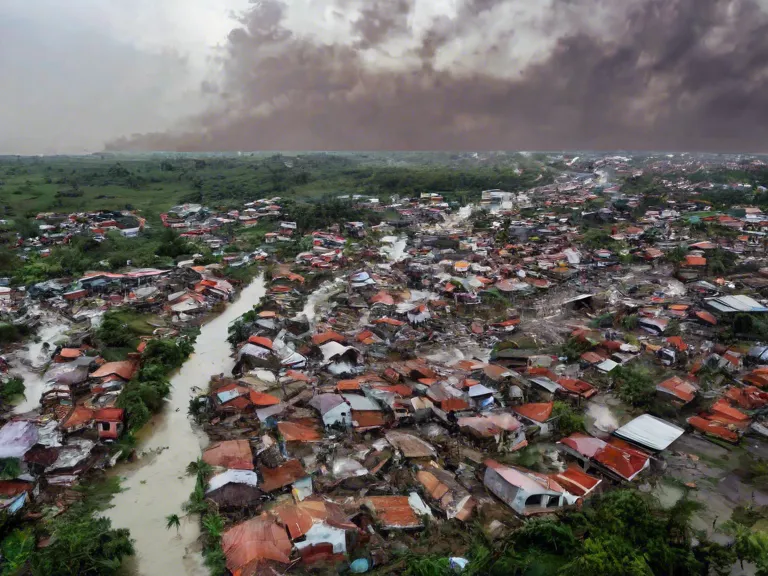
Data-Driven Strategies for Disaster Preparedness and Response
In today's rapidly changing world, it is more important than ever to utilize data-driven strategies for disaster preparedness and response. By leveraging data analytics, organizations can better understand potential risks, plan for various scenarios, and respond more effectively when disasters strike.
One key aspect of data-driven disaster preparedness is predictive modeling. By analyzing historical data on past disasters and environmental factors, organizations can forecast the likelihood and impact of future events. This allows for more targeted preparation efforts, such as pre-positioning supplies and resources in high-risk areas.
Another important element is real-time data monitoring. By collecting and analyzing data from various sources, such as weather sensors, social media, and emergency call centers, organizations can quickly identify developing threats and allocate resources accordingly. This real-time intelligence can help save lives and minimize damage during disasters.
Data visualization tools also play a critical role in disaster preparedness and response. By visually representing complex data sets, such as population density, infrastructure locations, and evacuation routes, organizations can make informed decisions in a clear and actionable manner. This helps ensure that resources are allocated efficiently and response efforts are coordinated effectively.
Furthermore, data sharing and collaboration are essential for effective disaster response. By sharing data with government agencies, non-profit organizations, and other stakeholders, organizations can coordinate their efforts, avoid duplication of resources, and address gaps in coverage. This collaborative approach maximizes the impact of disaster response efforts and enhances overall resilience.
In conclusion, data-driven strategies are indispensable for disaster preparedness and response in today's world. By harnessing the power of data analytics, organizations can better understand risks, monitor threats in real-time, visualize complex information, and collaborate effectively. With these tools at their disposal, organizations can save lives, reduce damages, and build more resilient communities in the face of disasters.



